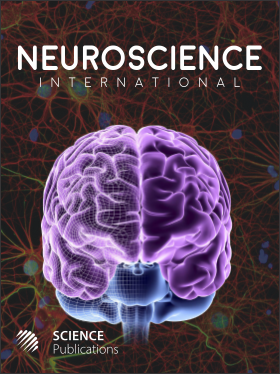Ischemic Stroke in the COVID-19 Patient
- 1 University of Cartagena, Colombia
- 2 Independent University, Bangladesh
- 3 Sher-E-Bangla Medical College Hospital, Bangladesh
- 4 Jahurul Islam Medical College, Bangladesh
- 5 Holy Family Red Crescent Medical College, Bangladesh
Abstract
Currently, there are many questions around the real impact of COVID-19 at an organic level and the resolution of these is one of the main objectives of the scientific societies and public health institutions around the world, to establish the most effective and safe management protocol in the approach of this disease (Qureshi et al., 2020). Systematic reviews and meta-analyses mention that the common presentation of this entity is based on a syndromic picture, composed of fever, cough, asthenia, adynamia, myalgia and dyspnea (Rodriguez-Morales et al., 2020; Fu et al., 2020). However, other studies report that the initial presentation may debut with isolated pneumonia, sudden respiratory failure, myocardial injury, renal failure, encephalitis, or stroke (Zhao et al., 2020). Ischemic stroke is a condition of severe brain injury that leads to high rates of morbidity, mortality and disability, in addition to high economic costs in terms of diagnostic, therapeutic and rehabilitation intervention (Tan et al., 2020).
DOI: https://doi.org/10.3844/amjnsp.2021.1.3

- 4,580 Views
- 2,069 Downloads
- 0 Citations
